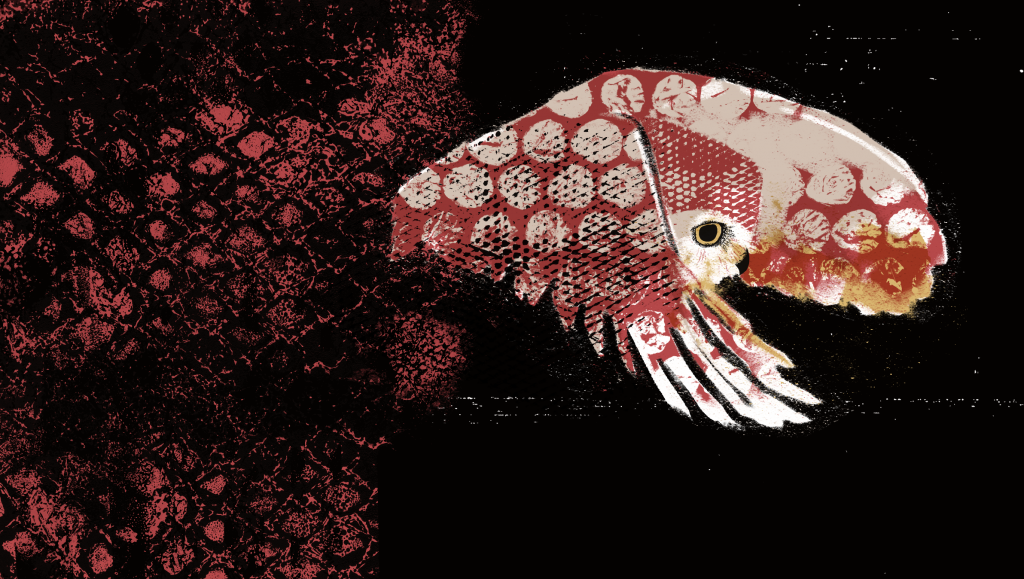In keeping with tradition, our second issue of the year is on marine conservation. This time, we focus on marine protected areas (MPAs) which have become an increasingly prominent instrument of marine conservation around the world. In fact,
in 2005, a body of the UN Convention on Biological Diversity set a global target that 10% of the world’s coastal and marine areas were to be formally part of protected areas by 2012. Of course, by 2010, only about 1 % of these habitats were protected and the deadline was extended to 2020. One of the strategies to meet these targets has been the declaration of very large marine protected areas, over 100,000 km2 in size. Noella Gray and her co-authors examine the human dimensions of these MPAs and suggest that it is necessary to understand the governance and politics of these parks in order for them to be successful. Like terrestrial protected areas, many of these MPAs are exclusionary and have come under a great deal of criticism for their impacts on human livelihoods. Aarthi
Sridhar examines the history of the establishment of marine parks in India, with examples from Odisha and the Gulf of Mannar in Tamil Nadu. Michelle Voyer provides a case study from the Batemans Marine Park in Australia, highlighting the
differences in perspective of the different stakeholders involved. In our Perspective section, Arian Wallach gives us an outsider’s view of wildlife tolerance in India. And finally, Caitlin Kight reviews a book series on sharks by Zachary Webb Nicholls (aka Dr Jaws), a ‘hybridist author’ who combines art, science and fiction to tell his stories.
Issue Editor: Kartik Shanker
donate
Conservation is for everyone, and we help you understand it.
Donate




